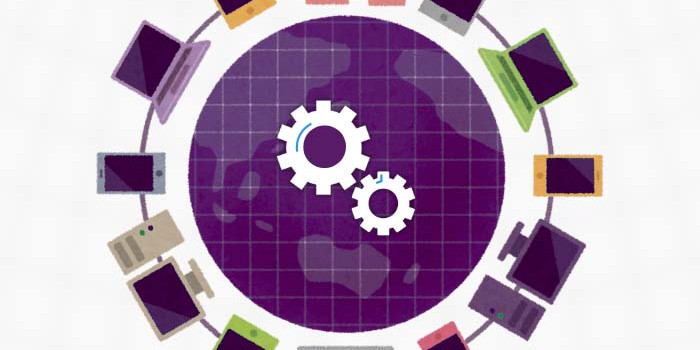With a never ending list of Business intelligence tools being unleashed on the market, knowing which ones are perfect for your business needs can sometimes be confusing, and the wrong decision can potentially end up being quite costly. So we are going to tackle a simple comparison between two of the big names in Business intelligence, weighing out the pros and cons of each. This week, Pentaho vs. Tableau
Pentaho is an intuitive platform, meaning that IT professionals as well as business people can easy visualise the data they are working with. It uses clever in-memory caching in order to generate fast reports using various different output formats. Because of the ease in which Pentaho collects data from a variety of sources (from Excel to Hadoop) this works exceptionally well with Pentaho’s ability to seamlessly integrate with third party applications, such as Google Maps.
However, the Pentaho suite products are inconsistent in the manner in which they work, meaning it is difficult to learn how each product works together.
Tableau software uses drag and drop tools to allow non-technical users to easily and quickly create the reports that they want to create, well still providing advanced users to be able to create custom metrics and calculations. Dashboards in Tableau are highly interactive and can be customised to create even smarter versions. Because connecting to databased, files and spreadsheets are a one click process, this allows the data to be synchronised almost seamlessly. The data visualizations also hardly need any formatting, and on the off chance that you need to make a customised view this can be implemented in a few short clicks.
But Tableau does have a scalability issue when dealing with very larges sets of data. This means that the speed is limited to the RAM in your machine.
In conclusion, Pentaho is the desired tool if you are wanting to create an easy to understand inforgraphics that can be used by IT and business people.
If you are wanting to use advanced analytics techniques and have the corresponding visualization be interactive then Tableau is the clear winner.
About the author
Lynchpin
Lynchpin integrates data science, engineering and strategy capabilities to solve our clients’ analytics challenges. By bringing together complementary expertise we help improve long term analytics maturity while delivering practical results in areas such as multichannel measurement, customer segmentation, forecasting, pricing optimisation, attribution and personalisation.
Our services span the full data lifecycle from technology architecture and integration through to advanced analytics and machine learning to drive effective decisions.
We customise our approach to address each client’s unique situation and requirements, extending and complementing their internal capabilities. Our practical experience enables us to effectively bridge the gaps between commercial, analytical, legal and technical teams. The result is a flexible partnership anchored to clear and valuable outcomes for our clients.



